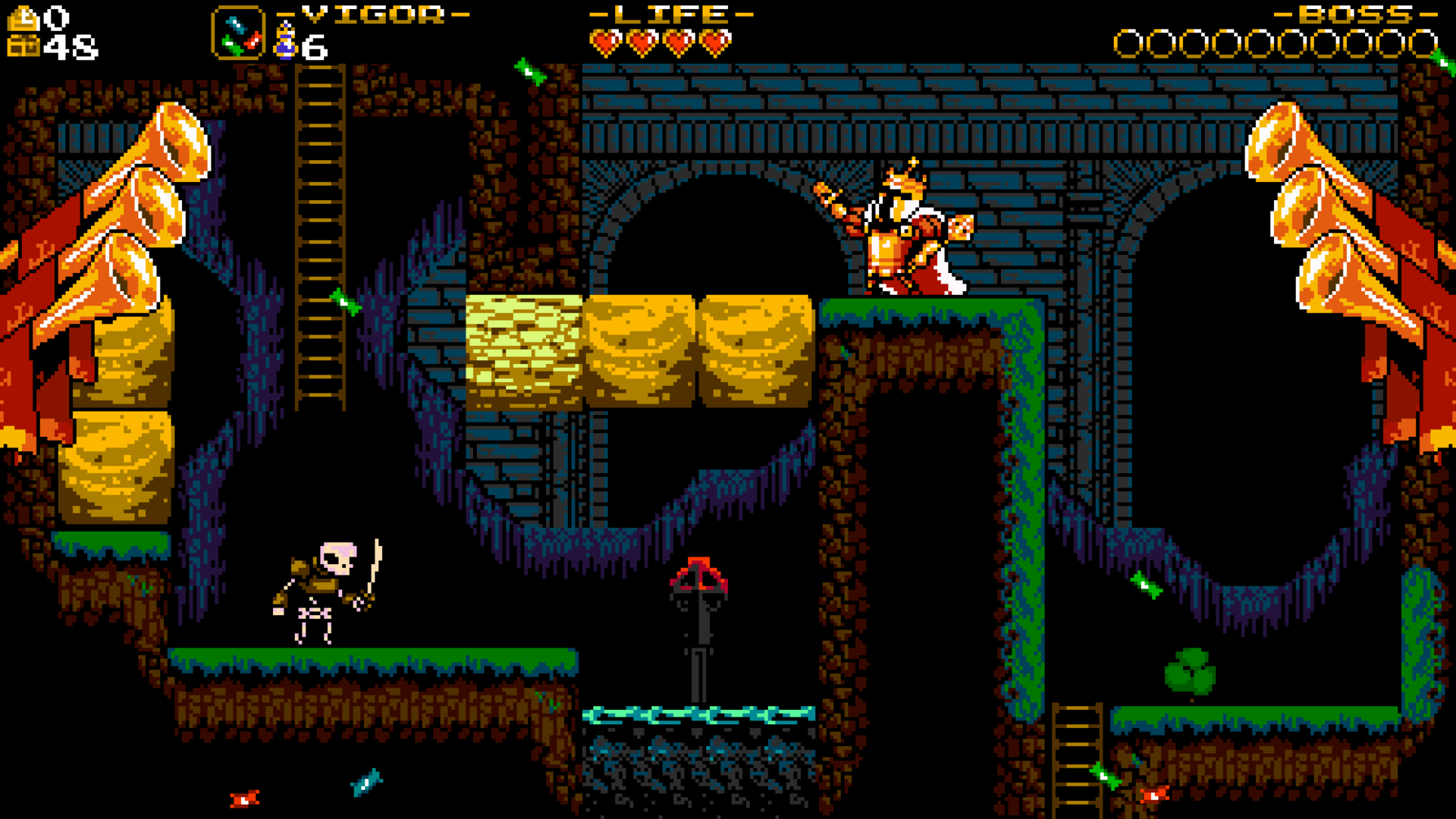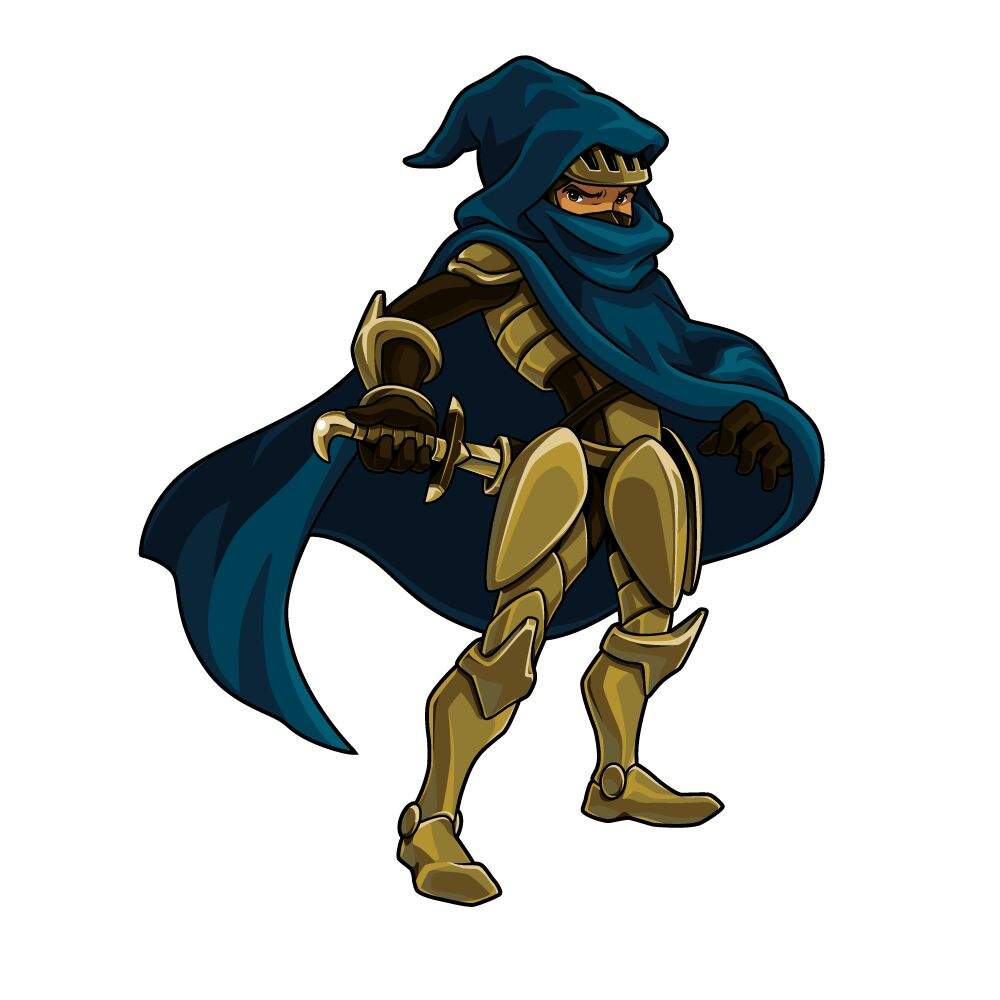- Knight Swap is a minimalist puzzle game based on the old chess problem of swapping knights on a board. Released on March 17th, 2020 Country Price; Russia On sale until Dec. 21, 2020 $1.30 $0.12 South Africa On sale until Dec. 21, 2020 $1.36 $0.14 Australia On sale until Dec.
- Knight Swap Poecilotheria. And the accent was all wrong. It was a harsh and rough accent, a far cry from the knight’s usual almost melodic tone.
- Knight Swap is a minimalist puzzle game based on the old chess problem of swapping knights on a board.
Knight Swap Puzzle 2 In chess, the knight can move in an 'L' shape, either 1 row and 2 columns, or 2 rows and 1 column. The object of the Knight Swap puzzle 2 is to use valid knight moves to swap the black and white pieces. In other words, the white knights should end up where the black knights started and vice versa.

Knight Swap 2 Switch

Knight Swap 2 Walkthrough

An isomorph is helpful in solving this puzzle. Martin Gardner noted in 'aha Insight' that the eight outside squares on a 3x3 board make up a closed knight's tour and his isomorph consisted of interlocking rings, but this model may be more helpful:
The six shaded squares are a closed knight tour as are the unshaded squares. When unfolded into an isomorph there are two rings connected by the a2-c3 and c2-a3 links. Each of the rings contain two knights of one color and one knight of the opposite color.
To solve this one knight each is swapped with the other ring while the other knights are repositioned within their original ring. Moving a knight one time counts as one move and any knight can move at any time.
To solve, please start with a1-b3, a1-c2, or b1-a3. This will
eliminate rotations and/or reflections in the final solution.
**Sorry, could not get the isomorph to display**
This puzzle appeared in 'aha! Insight' by Martin Gardner in 1978 with an 18 move solution which was not revealed. Two other readers and I found a 16 move solution which Mr. Gardner discussed in his Scientific American column in early 1978 or
1979, but I lost my copy of it.
Start with a1-c2-b3. It takes two moves for any knight to go from one side to the other except that when c1 becomes open, the a4 knight zigzags to c1 in 3 moves. When b1 opens up the Nc4 needs to get there but the Na3 needs to back up to c2 first. The last two moves are c2-a3-c4 and Voila! it's completed.
